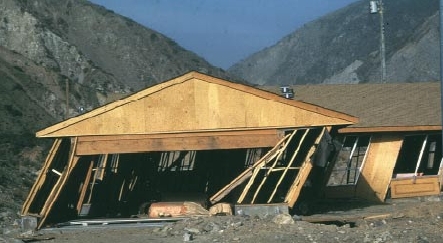PSUengineer1
Structural
- Jun 6, 2012
- 151
looking to start a brief conversation on the importance of installing specified horizontal bridging members between pre-engineered wood roof trusses.
let's start with this question...
what is the importance of installing horizontal bridging between trusses with the ends of the bridging members setting at third points of the web members that they are attached to? Is this to provide lateral stability in the z-axis?...or it cuts down the unbraced length of the web member that it attaches to? Pre-engineered designs are computer generated and the results are often not able to be confirmed by the "back of the envelope" method. I just want to "firm-up" my understanding of modern day pre-engineered wood roof truss design.
thx.
let's start with this question...
what is the importance of installing horizontal bridging between trusses with the ends of the bridging members setting at third points of the web members that they are attached to? Is this to provide lateral stability in the z-axis?...or it cuts down the unbraced length of the web member that it attaches to? Pre-engineered designs are computer generated and the results are often not able to be confirmed by the "back of the envelope" method. I just want to "firm-up" my understanding of modern day pre-engineered wood roof truss design.
thx.


